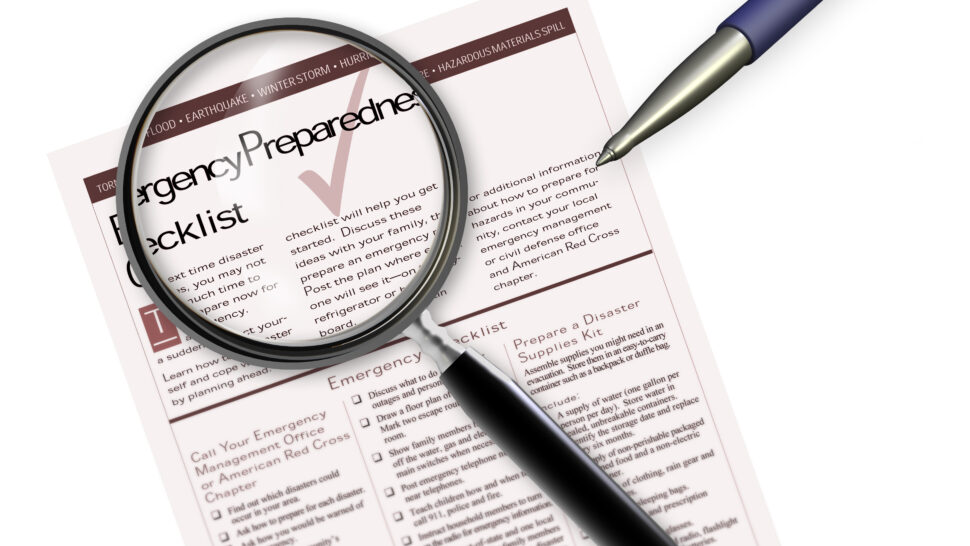Is Your Association Prepared for an Emergency?


When unexpected repairs arise, or a weather-related disaster strikes your community, your association is left trying to fund projects needing immediate attention. Your association can’t plan for every possible incident that might take place, but there are a few steps you can take to better prepare for emergencies. Popular Association Banking has some tips for how your association can prepare for emergency repairs and unforeseen disasters.
Your association should have a reserve study prepared and periodically updated by a professional reserve study analyst. Many community associations have adequate reserves based on their reserve studies for significant repairs. However, reserve funds may be inadequate to fully pay for repairs if unexpected problems arise or costs are underestimated.
Your association may consider establishing a finance committee. The members of your association’s finance committee should look at your association’s current and potential needs. The committee can then approach your association’s banker to determine what products can help to achieve your goals.
In the event of a disaster or an emergency, it’s recommended to have a comprehensive plan in place beforehand. When developing this plan, your association should contact its attorney to draft a resolution that appoints certain members of your association with the authority to act in the event of a disaster. You’ll also want to include your banker in this planning process to help you better understand all financial options.
We recommend your association has proper documentation of all assets, and that this documentation is updated regularly and stored securely. You’ll also want to review your insurance coverage and make sure you understand the exclusions under the existing policies. It’s also essential to communicate this coverage to all unit owners.
A loan1 can be a safety net for associations. If reserves are inadequate, emergency repair costs can often be too large for associations to pass on to unit owners in an upfront special assessment. A loan can be the best financial option for unit owners because they can distribute the cost over a period of time.
For example, having a contingency line of credit in place for unexpected expenses to cover weather-related damage may provide a reliable and quick solution. A contingency line of credit can cover expenses such as insurance deductibles to facilitate the immediate funding of any needed repairs, debris removal, etc.
We are also seeing repair projects exceeding established budgets, including contingency funds, and having a contingency line of credit in place can help alleviate a potential slowdown in the construction progress and eliminate the need for an immediate short-term special assessment, thereby providing another alternative to complete the project.
With a contingency line of credit, your association makes monthly interest-only payments on funds drawn during the line of credit phase. When the line of credit period expires, the loan converts to a fully amortizing term loan with principal and interest payments until the term loan maturity date.
At Popular Association Banking, we aim to make banking easy so you can focus on making your community a great place to live. Learn more about how we can help your association by connecting with one of our specialists today.
DISCLOSURES
1 All loans are subject to program restrictions and credit review and approval. Rates, program terms, and conditions are subject to change without notice.
Member FDIC
Grant Shetron started in the common interest development industry in 1995 as a portfolio manager prior to becoming president of his family-run management company and going on to work as a local executive for a large management company with a national footprint. In 2013, he joined Popular Association Banking as vice president and commercial relationship officer in Northern California, specializing in providing associations with financing options for building repair and capital improvement projects. He is a graduate of San Jose State University and holds a Bachelor of Science degree in marketing and economics and currently holds CMCA, AMS and PCAM designations through the Community Associations Institute (CAI).